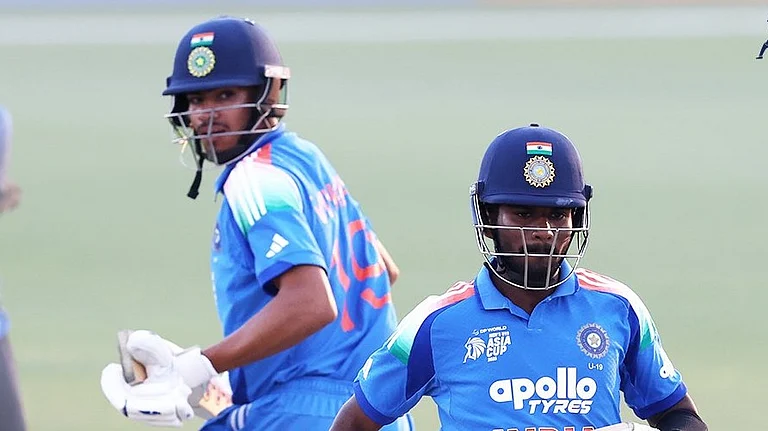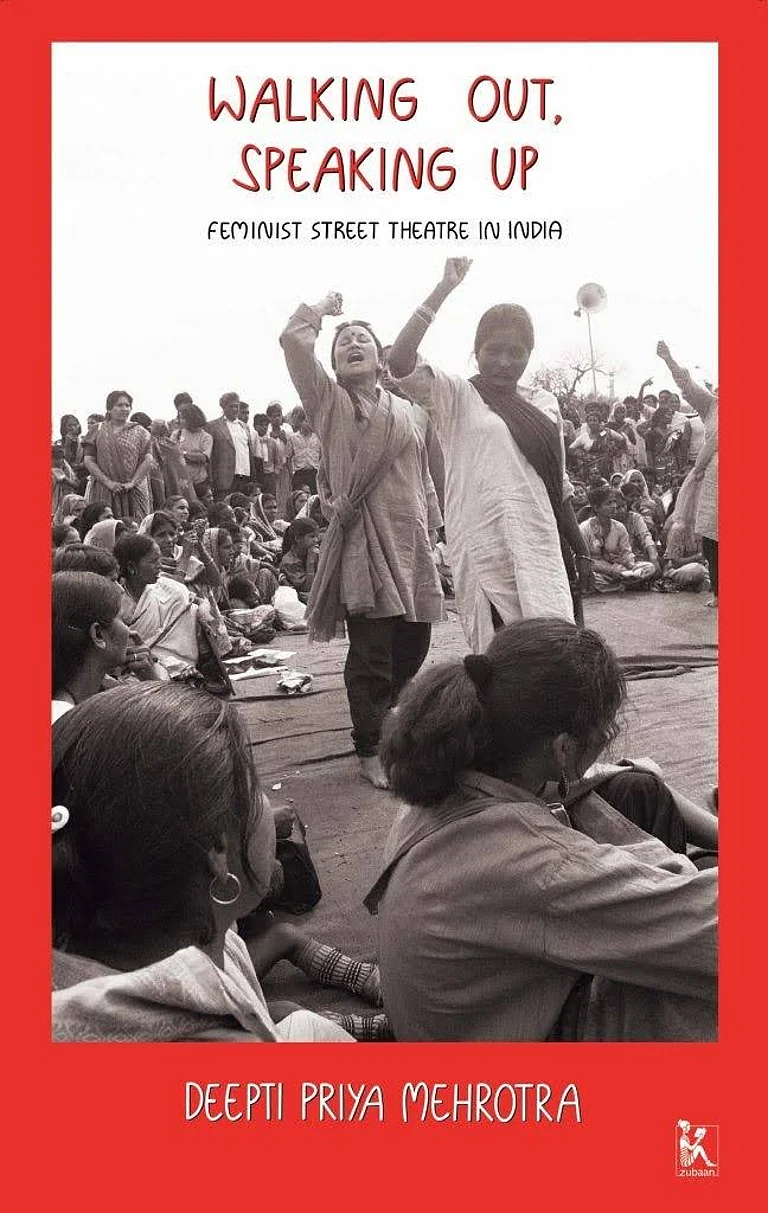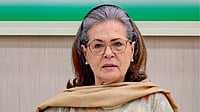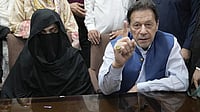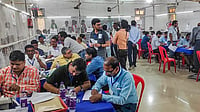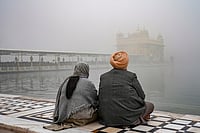| States | Dengue cases | Chikungunya cases |
| Haryana | 86 | - |
| Delhi | 1,101 | 194 |
| Rajasthan | 328 | 72 |
| Gujarat | 424 | 71,077 |
| Maharashtra | 226 | 2,63,268 |
| Karnataka | 60 | 7,58,225 |
| Kerala | 713 | 43,148 |
Dengue Outbreaks
In India, the gap between dengue outbreaks is narrowing alarmingly Since the '90s therehave been outbreaks with over 10,000 cases in '93, '96, '03, '05. The biggest outbreak wasin 1996
The Damage So Far
Dengue cases: 4,039
Dengue deaths: 84
Chikungunya cases: 13,27,638
Economic hardship
Agricultural production and rural livelihoods hit in Karnataka, Maharashtra andAndhra Pradesh, with thousands of farmers ill
Tourism likely to be affected, especially in Kerala, and in Delhi
Aedes aegypti
The mosquito breeds in clean stagnant water
Breeding season: September to November
Transmits disease by biting humans
Zeroes in on its victim silently, unlike the buzzing malaria-causinganopheles mosquito
Peak biting time is 2 hours after daybreak and 2 hours before sunset
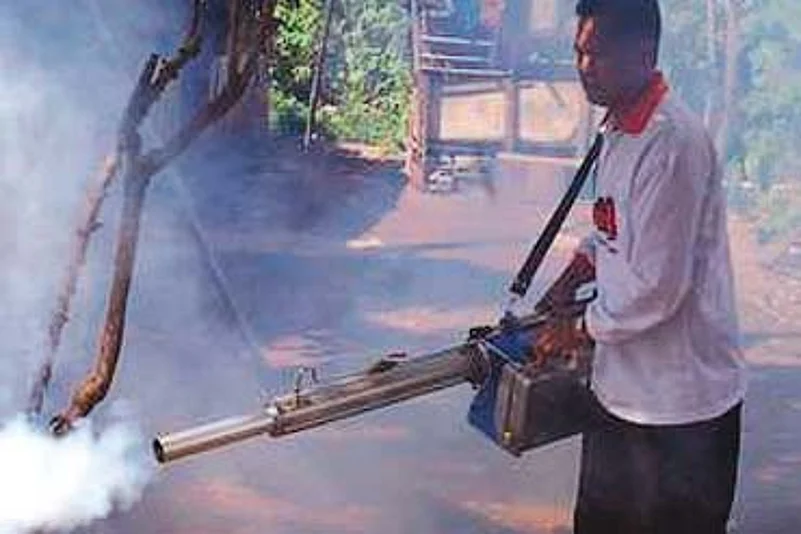
Why has the epidemic hit india now?
Failure of public health authorities in surveillance of mosquitodensity, monitoring and reporting cases, fogging, draining breeding places, launchingpublic awareness and education campaigns Increase in breeding placesbecause:
- most households store water due to chronic water shortages in the cities
- construction boom in most cities with pits and cisterns at construction sites filled with water
- early heavy rains, waterlogging due to choked nullahs and stormwater drains
- increase in rainwater harvesting structures, which are favourable breeding sites
- increased travel by people which helps spread the disease
- low immunity of Indian population to chikungunya, which has reappeared after over 30 years
- Global warming and climate change may be making the environment more conducive to mosquito-breeding
Present epidemic of chikungunya in India, after a gap of over 30 years, is the largestever in the world, with over 13 lakh people affected
Other mosquito-borne diseases: there has been a 3-fold increase in Japaneseencephalitis since 2001. malaria infects 2 million indians annually.







